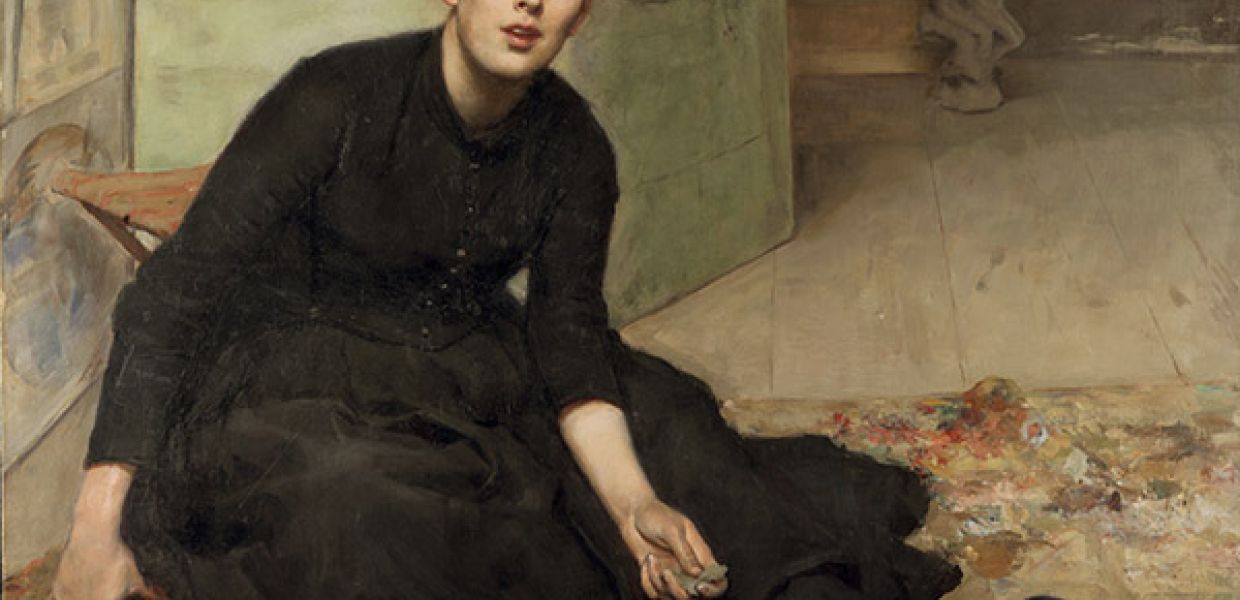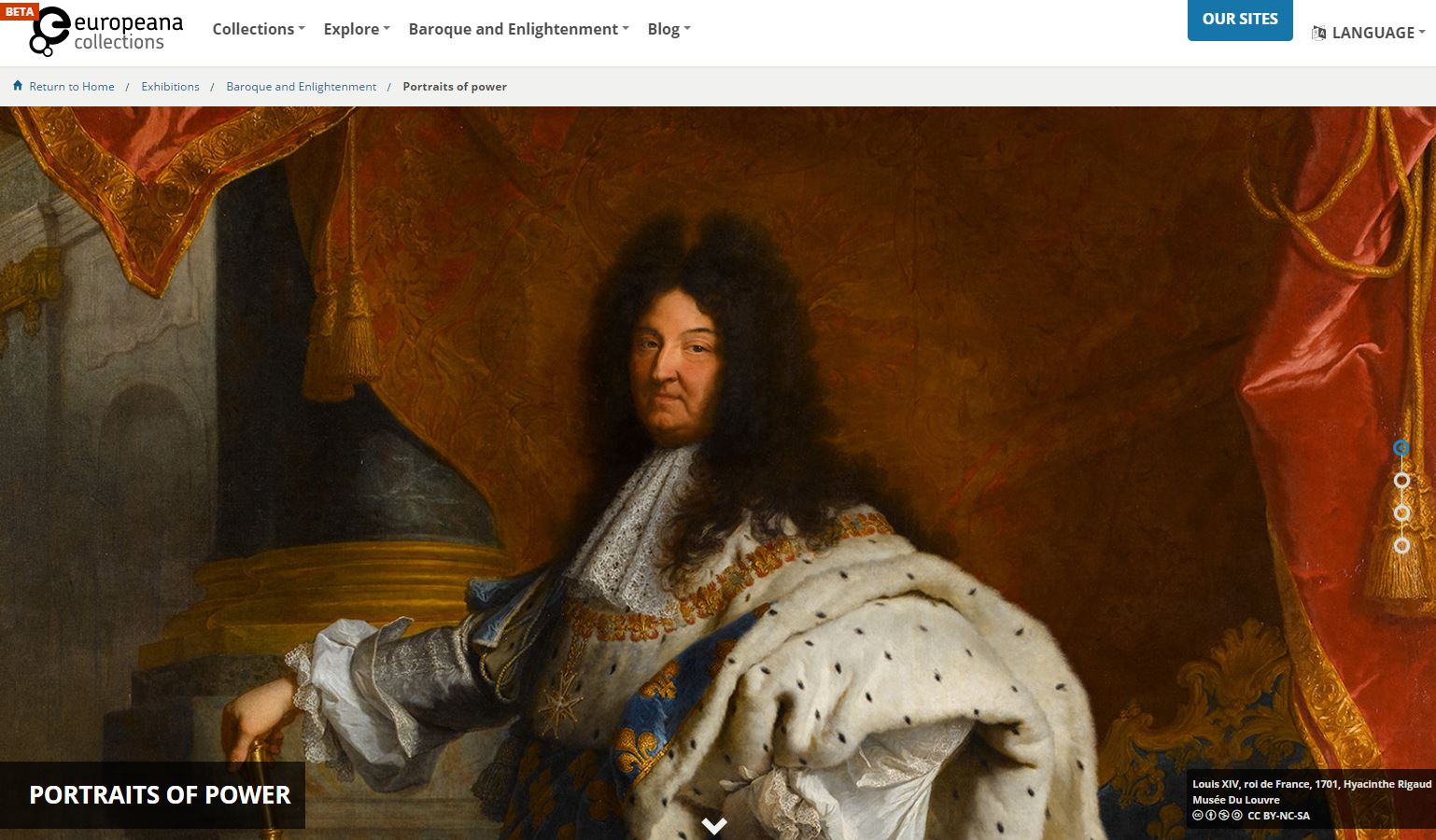Effective digital storytelling: reflecting on our Faces of Europe exhibition
Europeana recently published the seventh and final chapter of Faces of Europe, the flagship exhibition of its Europeana 280 campaign. Discover how our new exhibitions platform brought exciting opportunities for effective storytelling.

- Title:
- The Artist Venny Soldan-Brofeldt
- Creator:
- Hanna Pauli
- Date:
- 1886-1887
- Institution:
- Gothenburg Museum of Art
- Country:
- Sweden
- Copyright:
- CC BY-NC
Earlier this year, the culture ministries of all 28 EU member states, and Norway, nominated a total of 347 remarkable works for our Europeana 280 campaign. We set ourselves the challenge of creating an online exhibition to showcase the diversity and high quality of the chosen artworks. The result is Faces of Europe. Featuring more than 80 artworks from 29 countries and over 15,000 words long, it is the most extensive exhibition Europeana has yet presented.

To do justice to the content, we published Faces of Europe on our new exhibitions platform. It features full-width images and supports a variety of embedded content including video, music and Pinterest boards. We believe that our new platform offers excellent opportunities for effective digital storytelling.
Let’s look briefly at three examples from the exhibition. In chapter four, The Inspiration of Nature, we deployed an interactive slider tool that lets the user contrast two images by moving their mouse across the picture. This provides an excellent way to compare Constable’s small oil sketch for The Hay Wain in the collection of the Yale Center for British Art, with the finished painting in the National Gallery in London.

Click on the image above to use the slider tool in the exhibition
Although the composition of both pictures is very similar, the handling of paint and the colour palettes in each are notably different. In the Yale sketch, Constable’s brushstrokes are fluid and almost Impressionistic, whereas in the final full-size exhibition picture, they are much more precise. The digital slider tool is a simple and effective tool for analysing the artworks.
Chapter six, Painting Modern Lives, includes Manet’s Berthe Morisot au bouquet de violettes, from the Musée d'Orsay in Paris. To provide some background context on the society in which Morisot and Manet lived, we embedded an informative Prezi animation (created by Dana Barocas and Taylor Bacon) concerning Charles Baudelaire’s influential 1863 essay The Painter of Modern Life.
In the same section, we presented Manet’s evocative Café-Concert from the Walters Art Museum in Baltimore. The painting is set in the Cabaret de Reichshoffen on the Boulevard Rochechouart and it vividly conveys contemporary Parisian society.
Thanks to the enlightened policy of the Walters on the use of its digital images, we were pleased to be able to present these geographically distant paintings in the same space.
Audience feedback on Faces of Europe and our new exhibition platform has been very positive. Every exhibition chapter has achieved high levels of audience satisfaction and the majority of users say that they’d recommend Faces of Europe to their friends. We received lots of positive comments and we compiled some of these in this short film.
Europeana offers its partners the opportunity to publish their own online exhibitions on Europeana Collections. Later this month, we’ll publish The Colossus of Leonardo da Vinci, a partner exhibition developed by Museo Galileo; and we look forward to many such projects in the future.
Thank you again to all our Europeana 280 partners. We simply could not have done it without you!

